Summer Online Exhibition
Past exhibition



Deborah Tarr describes the process of painting as a ‘conundrum’ – a constant cycle of decision making and self-discipline. In her works, removal and restraint are often more important than adding the next thing. Her paintings are tangible and conceptual, but even in the most reductive and abstract paintings there is an organic, living line. With so much thought put into each brushstroke, finding this balance between abstraction and figuration is what Tarr does best. While some pieces are more clearly depictions of ‘somewhere’, other works might refer to a moment in the artist’s life. Tarr’s range is vast, varied and personal, and there is a world to discover in each painting, giving us an insight into the environments the artist inhabits.
Tarr’s paintings emphasise their own materiality, her output is fine-tuned and each painting becomes a complete and individual object. This is defined as much by the grain of the canvas and the application of colour, as by the careful choice of frame. Sourcing and choosing the frame is a vital part of Tarr’s artistic process. From antique and reclaimed to clean and modern custom-made frames, the juxtaposition of traditional and modern, organic and man-made, is what makes her work unique, powerful and universal.


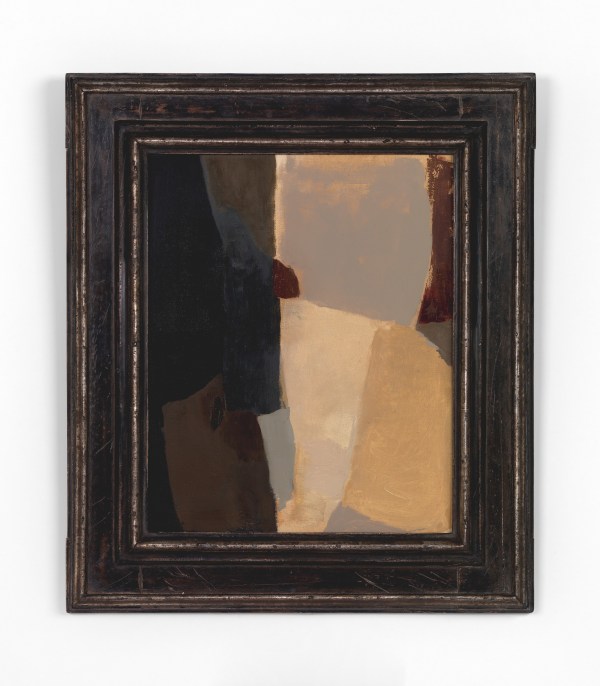




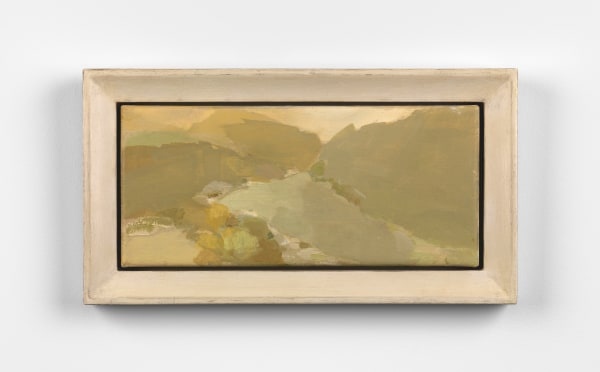


Sam Lock paints viscerally. Using blowtorches and sanders as well as the brush, he sees each canvas as a battlefield. Sanded, stained, scorched and sealed, each work is the result of a continuous cycle of making - a repeated process of building up and destruction. The works have an elusive feeling, revealing layers of past images and tones that drop in and out of themselves. This sense of painterly archaeology brings attention to the movement of the mind and the residue of action, and the pervading sense of unpredictability. The physicality of Lock’s process is evident throughout his paintings. His expansive gestures and sweeping movements on a monumental scale as well as his smaller works, where marks made by the movement of the wrist are added to paper, translate into an energetic artistic presence visible throughout his works.
Lock’s preoccupation with ‘the presence of absence’ is evident throughout his works. Inspired by the works of Samuel Beckett and Harold Pinter, the equivalence of the spoken word and protracted silence influence Lock’s practice. His painterly language of abstract marks and signs contribute to an exploration of the ways silence and interval might be iterated visually. The concept of time has been one of Lock’s primary themes in painting - time to create; history and memory and traces of other times and places. This ‘poetry of yesterday’ is sensed in all of his paintings. They are not paintings that reveal themselves at a glimpse. They require the viewer to find a new pace, to take the time to discern and contemplate the deeper resonances of the works. Acting as an interface between the conscious and the subconscious, the paintings’ surfaces create a connection between inner and outer worlds. According to Lock, ‘the best paintings nurture you from looking, into feeling,’ creating an experience that evolves from an artwork.










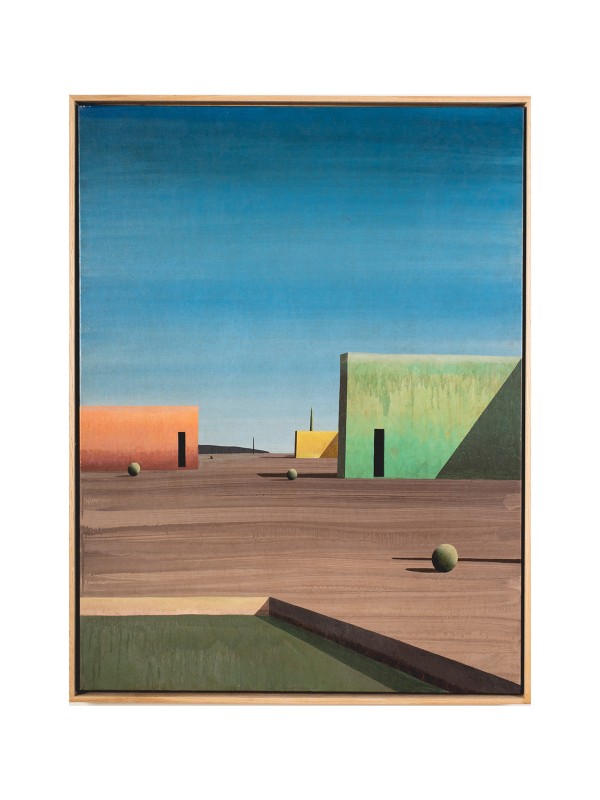




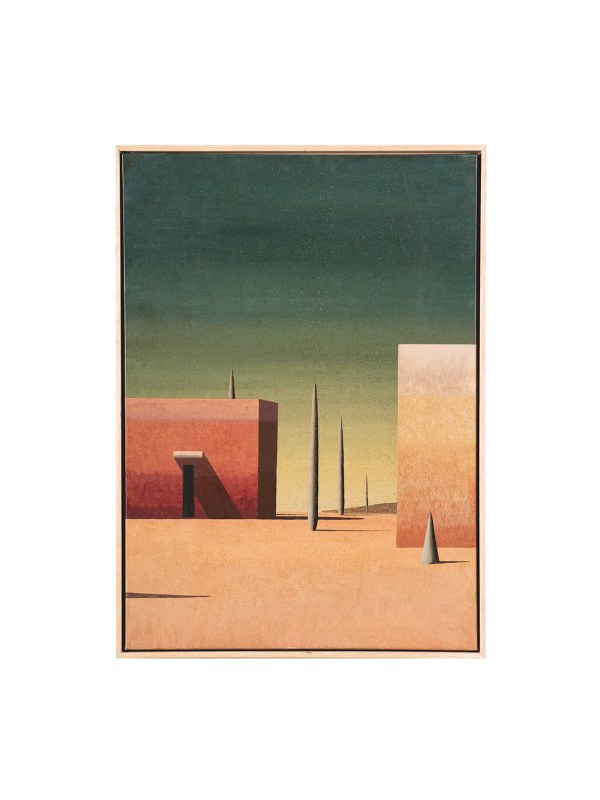



British painter Richard Zinon uses broad, gestural brush strokes to draw attention to the action of painting itself, placing this at the centre of his works. These movements across the canvas, reminiscent of Japanese calligraphy, succinctly transmit the pure action and energy of Zinon’s artistic process and the joy found in these acts of creation. Zinon uses a restricted palette, using dark hues to explore the subtleties of light and colour. His large-scale, abstract paintings are devoid of figuration or complex reference. Through the direct but contained strength of the brushstrokes, Zinon conveys pure emotion.
Zinon eschews the use of preparatory sketches, often completing his works in a single sitting. During his creative process he avoids external stimulus, allowing intuition and primary instinct to guide the energetic brushstrokes of his works. All meaning emerges from the conversation that later takes place between the viewer and the canvas.








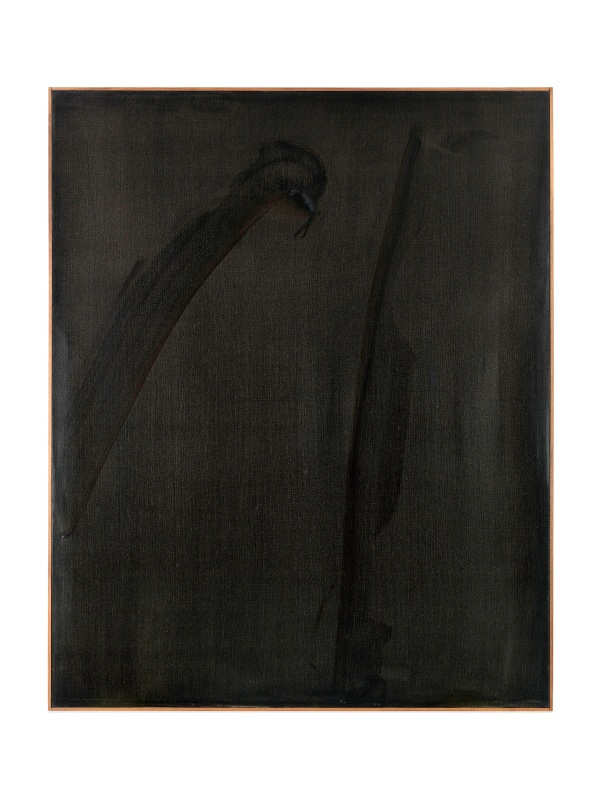

Terrell James, a well-known Texan contemporary artist, paints the natural world through her own unique abstract lens. Her work emerges from her close attention to organic form; her process mirrors its emergence in the landscape and in nature. Although they interpret rather than depict the landscape, the organic shapes of her works allude directly to their origins in plants, animals, fossils and glaciers. James’s expressions of her ‘familiar obsessions’ flow automatically from the subconscious as her works unfold.
Most striking about James’s works, both on canvas and on paper, are her explorations of colour and her invention of original hues to reflect her subjects. The inner radiance she generates through adding, taking away and layering her pigments is inherent in everything she makes. The imaginative openness of her practice, with its layering of new visions over traces of previous inventions, invites repeated encounters. Seeing her work is, in itself, a form of introspection as new associations arise in this continuing process of interpretation. Complex yet harmonious, James creates open paintings that offer the viewer the freedom to perceive.

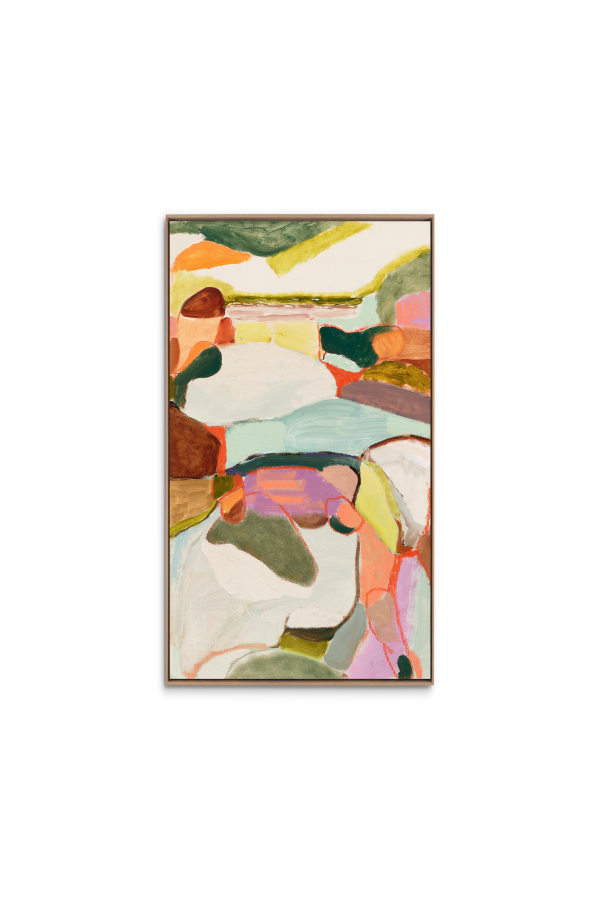




Primarily known for his textile works, Lawrence’s work incorporates a variety of fabrics, from cotton silk and linen to suede and wool. Working within the idiom of modernist painting, he takes the material support – the canvas or the plane – and sews, bleaches, stretches or stains the fabric to create works that aims to unify abstraction and representation.
Lawrence is at his best working within a limited range of colour; preferring instead to exploit surface, texture and tonality. The grain of the textiles, and the variations in textures have their own beauty through which he conveys an atmosphere and delineation of form.
Lawrence sees opportunities in the material before he creates the work. Each piece has an independent identity and in a parental role, Lawrence simply assists in that realisation. Lawrence regards his work as an organic process of experimentation and discovery, led by his materials on a journey of improvisation. He still regards his role in the work as a director, letting serendipity guide the final piece or perhaps, visual performance of his evanescent cast.
By working with materials that already have a history – lost in the weave and textures of his creations – Lawrence invites the viewer on a forensic journey. He asks that the audience entertains an idea of a life before the work, a story from manufacture to reclamation that leads to each individual outcome.
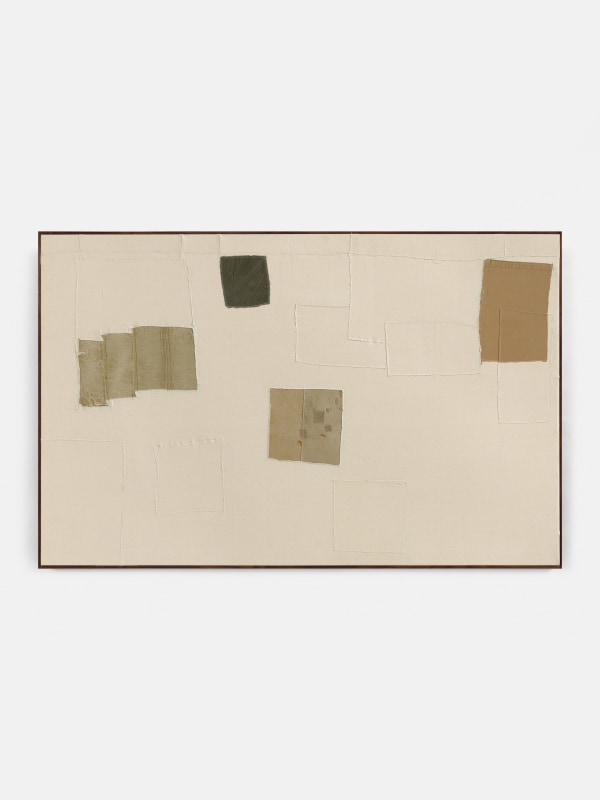


Richard Hearns paints in the wild landscape of The Burren Country National Park in County Clare, Ireland. Each painting is an extension of his physical surroundings - earth, sea and sky - materialising the artist’s experiences and memories of colour and natural phenomena. Born in Beirut and raised in Ireland, Hearns is deeply aware of the unique cultural backgrounds of both aspects of his heritage. Articulated in his abstract paintings, his experiences and connections with the traditions of these separate locations and cultures combine to form a triangular history. He endeavours to express his understandings of exploration, discovery and identity through the medium of paint.
Hearns's paintings document a search for an idyll. Meditative layers are applied in a physical expression of form drawn from the rhythmic nature of rural life. His work is palpably physical: his marks are an extension of his arm, the canvases mirror his height, and his energy is channelled through the brush onto the canvas. The exuberant colours of his works express his experiences of nature and its intensity, inviting the viewer to participate in this celebration of memory, colour and form. Only an allusion to landscape, Hearns's raw, indecipherable marks drive the composition to the edge of the canvas creating a distinct language of undulation, recession and space.









Clean and powerful, Gabriele Cappelli’s abstract geometric forms bring together a sense of classical aesthetic and a contemporary approach to colour and line. His artworks contain an inherent sense of balance in their proportion, form and colour, distilling a universal aesthetic language into its purest form. Cappelli has always been interested in the dialogue between different disciplines; in both theory and technique his works encapsulate the harmony the artist has found between the past and present. He is able to recall historical artistic traditions through abstract and modernist shapes and textures, re-evoking and revitalising them by combining them with conceptual and visual proponents of contemporary art. Cappelli takes inspiration from architecture and urban planning but also from the structure of music, using these disciplines to inform the development of his works in creating a sense of order.
Gabriele Cappelli’s use of pure unadulterated oil paints lends richness to the combinations of soft and bold colours in his compositions, often layered with gold dust thus adding to the intense paints. His paintings have a true smoothness to their surface and yet, within this, the labour and patience of the artist is still expressed in the brushstrokes evident on close looking. The artist thus creates depth from the flatness of the canvas, asserting the materiality of the artwork itself. Sensation is expressed as the first step of a complex process.







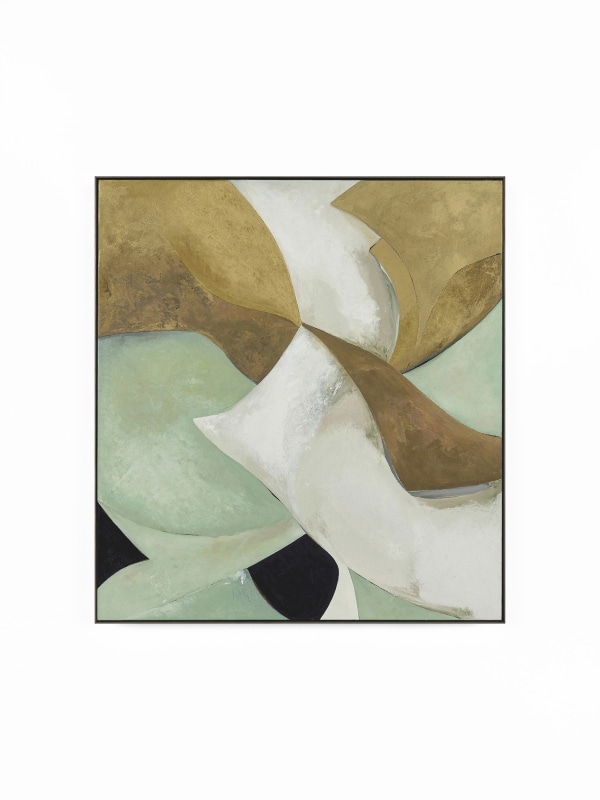


Juliette Paull is a gestural abstract artist known for creating highly evocative compositions powered by strong yet subtle brushstrokes. Precariously balanced between abstraction and figuration, Paull’s paintings engage with both the visceral and the sublime through gesture and scale. Drawing inspiration from Romanticism and explorations of the sublime in the eighteenth century, Paull opens a personal dialogue between a historical aesthetic and the dramatic landscape of West Cornwall where she lives.
Paull’s work deals with cycles; growth and change occurring internally and externally. In a similar manner to the landscape, Paull’s paintings develop slowly and intuitively, driven by the power of the world around her. They are landscapes that explore both the natural world that surrounds us and the fragility and strength of the human condition, an internal landscape. Paull works in series, bringing multiple works into dialogue with each other so they can reach an overarching sense of harmony.
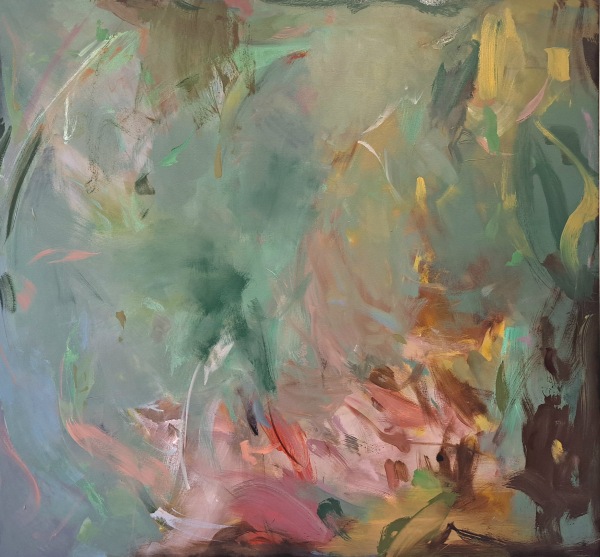


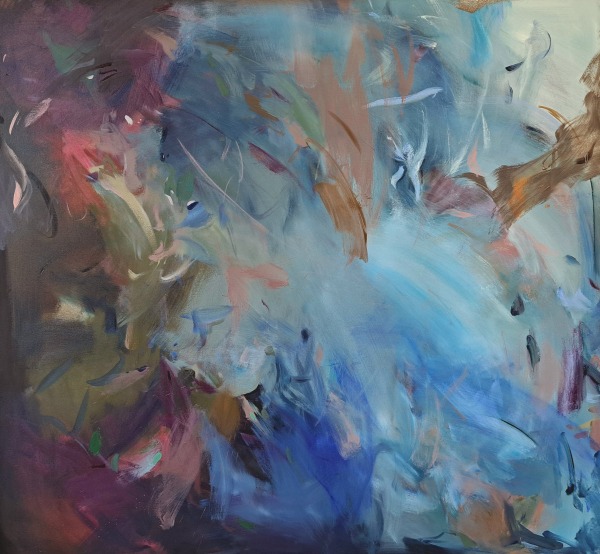
* denotes required fields
We will process the personal data you have supplied in accordance with our privacy policy (available on request). You can unsubscribe or change your preferences at any time by clicking the link in our emails.
This website uses cookies
This site uses cookies to help make it more useful to you. Please contact us to find out more about our Cookie Policy.